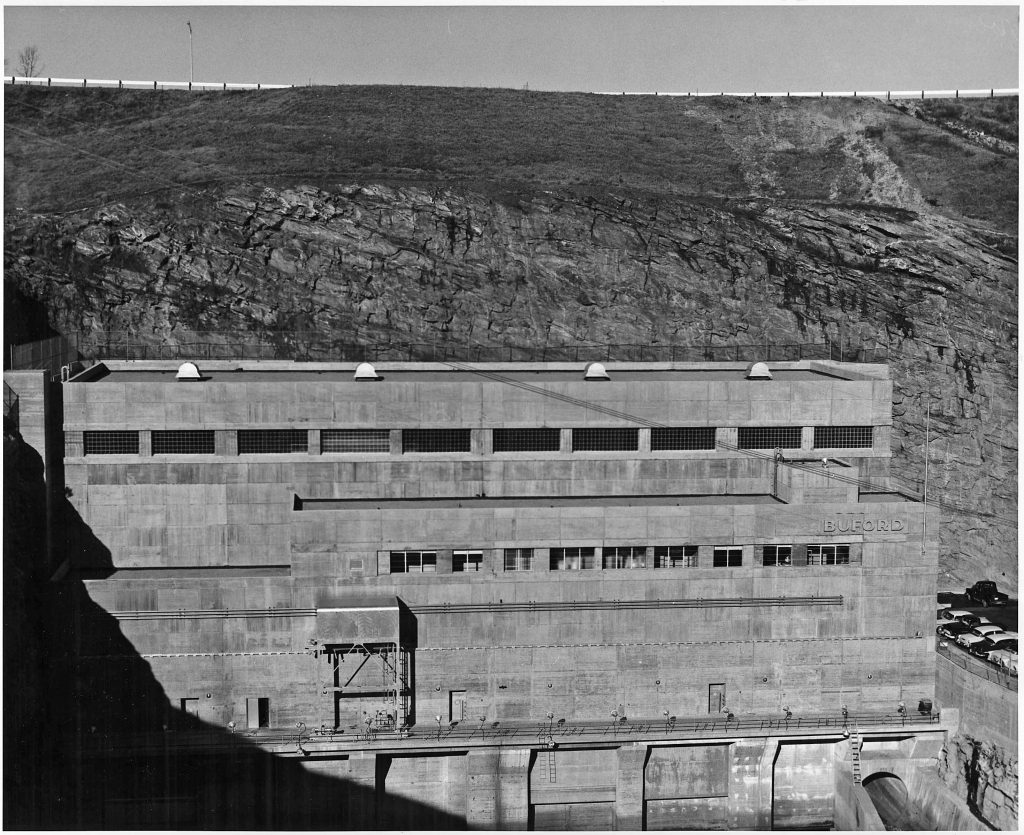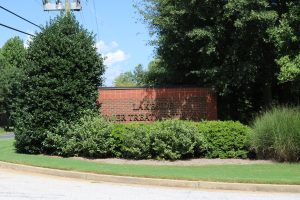Utilities

As the communities grew, they needed improved utilities. Sewer systems and drinking water, gas, and electricity connected residents and drove further development.
Cheryl Chesser: “We always went with Daddy. When he’d go knock on doors he took us with him because one of his sales pitches to raise money—when trying to talk people into doing the water and the gas and stuff like that—one of these sales pitches was look at these little kids and look at your little kids. They need something, and we don’t need to just keep having to shovel coal in the stoves. We need to be able to heat the houses better. We need to have running water. I was in fourth grade before we had an indoor bathroom. And so it obviously it worked because Daddy, he was able to raise money and talked people into voting in the gas system, the water system and paving some of the roads.”

Wayne Hill: “I’d love for people just to know the history of it. I’d love for them to understand a little bit more about the Water Wars of Georgia, Florida, and Alabama. And then I’d love for them to know that Gwinnett County has been a good steward of that lake and that we’re returning water back to the lake… 40 million [gallons] a day. Right now, it’s going back into Lake Lanier from the F. Wayne Hill Wastewater Facility.
We can continue to furnish water for Gwinnett County, even if we have major droughts. I don’t think people understand the importance of Lake Lanier and what role it plays in this whole region… a lot of things [have] been done [to ensure] they have good drinking water out of Lake Lanier.”